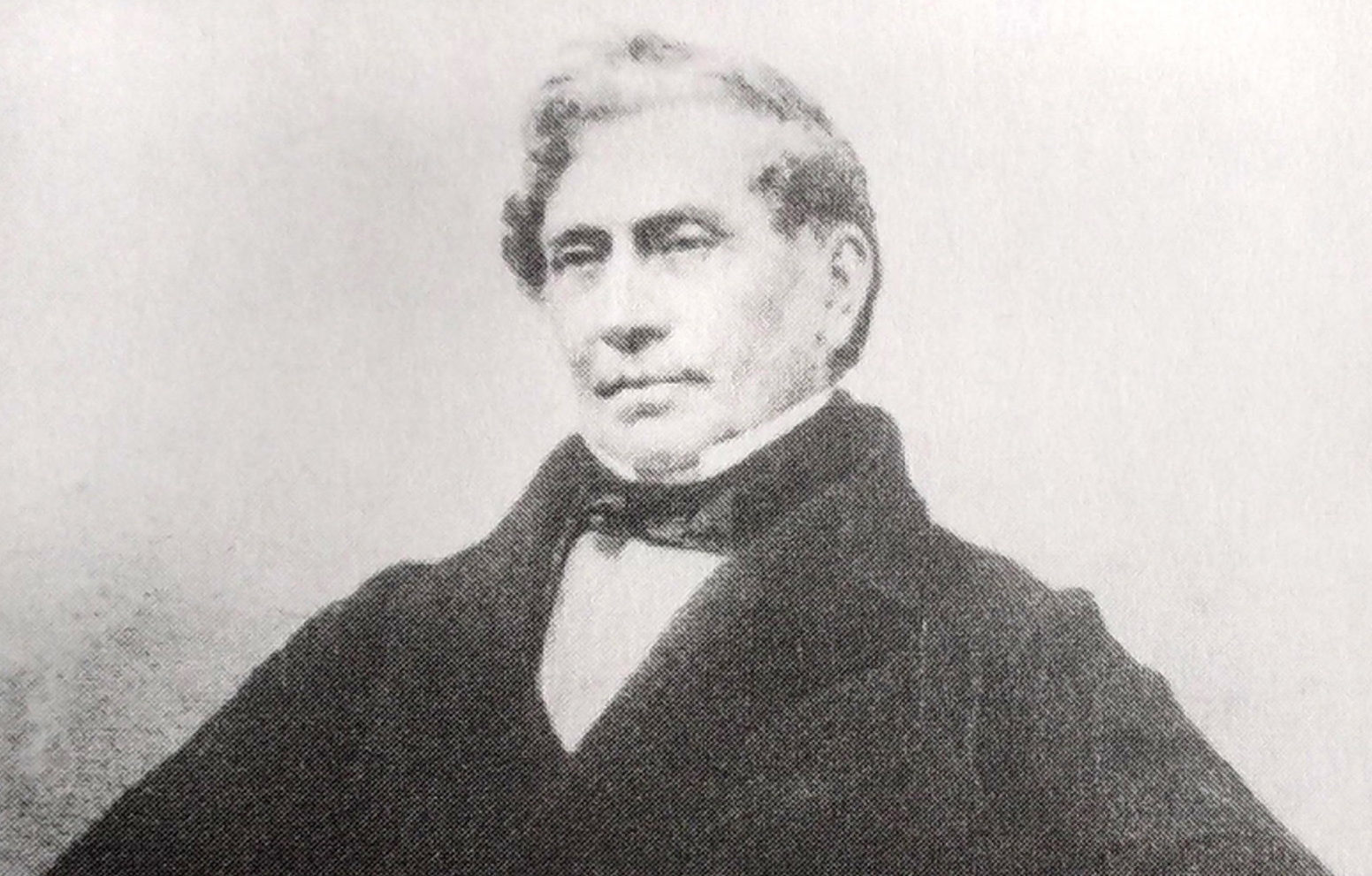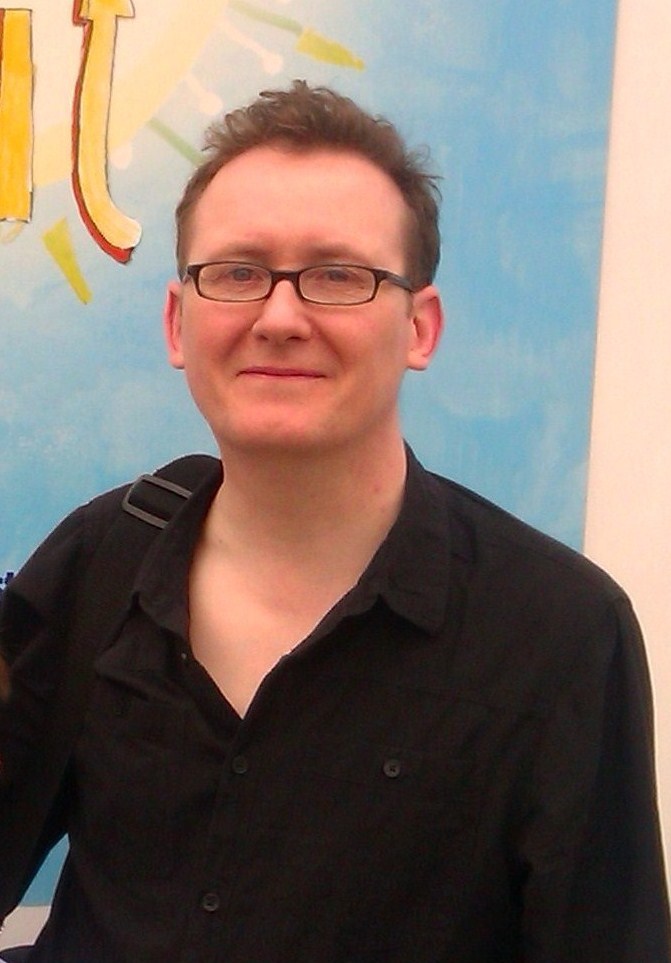
DOCTOR James Barry was one of the most respected British surgeons of the 19th Century.
For more than 40 years the high-achieving army veteran fought tirelessly for the health of his soldiers, clashed with superiors and became known as a fierce duellist.
Only after his death in 1865 was it discovered that Dr Barry wasn’t quite what he seemed.
The respected officer, who studied at Edinburgh University, was in fact a woman.
And the curious case of James Barry – who was born Margaret Ann Bulkley in 1795 – will be made into a movie, starring Constant Gardener and The Mummy star Rachel Weisz.
The story has also been turned into a short stage production, called Becoming Doctor Barry, by Scottish television writer Martin Brocklebank. He plans to expand it into a full-length play and has ambitions to turn the strange tale into a television series.
“The thing that struck me about the story was, well, him,” explained Martin, who worked on River City and EastEnders.
“He stood out as being a fascinating character – he was certainly bold and unconventional – and that’s what you’re always looking for as a writer – interesting characters.
“I don’t think we’ll ever really know what motivated Dr Barry but the interesting thing for me is to fill in that gap.
“One of her motivations in the play is no doubt to make right the injustice that, as a woman, she couldn’t study to be a doctor.”
At the time, women were not permitted to become physicians but it’s believed Cork-born Margaret Ann was helped by friends to apply to Edinburgh University.
When she arrived in Scotland, Margaret Ann became James Miranda Barry – and she would keep this identity for 56 years.
Despite having a slight frame and “delicate” features, Barry managed to pass for a man in university, where she sailed through exams and joined the British Army.
Dr Barry was posted to South Africa where she formed a close friendship with Lieutenant General Lord Charles Henry Somerset.
Barry defended the nobleman’s honour in a pistol duel – escaping with a minor injury – and their relationship prompted speculation about just how close they were.
In Martin’s play the relationship between the pair goes further than historical records suggest.
“Characters falling in love and finding it impossible to be together is a fundamental element of good drama,” explained Martin. “So, if there was a chance that this happened, then I’m going to explore that.
“My thinking was that we all love a romance!”
Dr Barry was known as an eccentric officer, who was a vegetarian and clashed with fellow officers. Barry criticised authorities for the mismanagement of soldiers, prisoners and slaves – and was court martialed and demoted for infuriating the army top brass.
However she was also a skilled surgeon, and was responsible for one of the first caesarean sections where both mother and child survived.
She died in 1859 from dysentery – and the charwoman discovered the deception that had fooled the British establishment for 50 years.
The British Army sealed the file on Dr Barry for 100 years, and mystery still surrounds the tale.
The woman who laid out the body reported that there were signs Dr Barry had given birth…
“The idea that Barry had a child is fascinating and throws up loads of interesting questions,” explained Martin.
“I completely understand if there is interest in the story right now – not only is Barry is a compelling character who led a fascinating life.
“But the story also offers up scope to explore themes that are current – inequality between men and women, and gender fluidity being two of them.”

Enjoy the convenience of having The Sunday Post delivered as a digital ePaper straight to your smartphone, tablet or computer.
Subscribe for only £5.49 a month and enjoy all the benefits of the printed paper as a digital replica.
Subscribe
